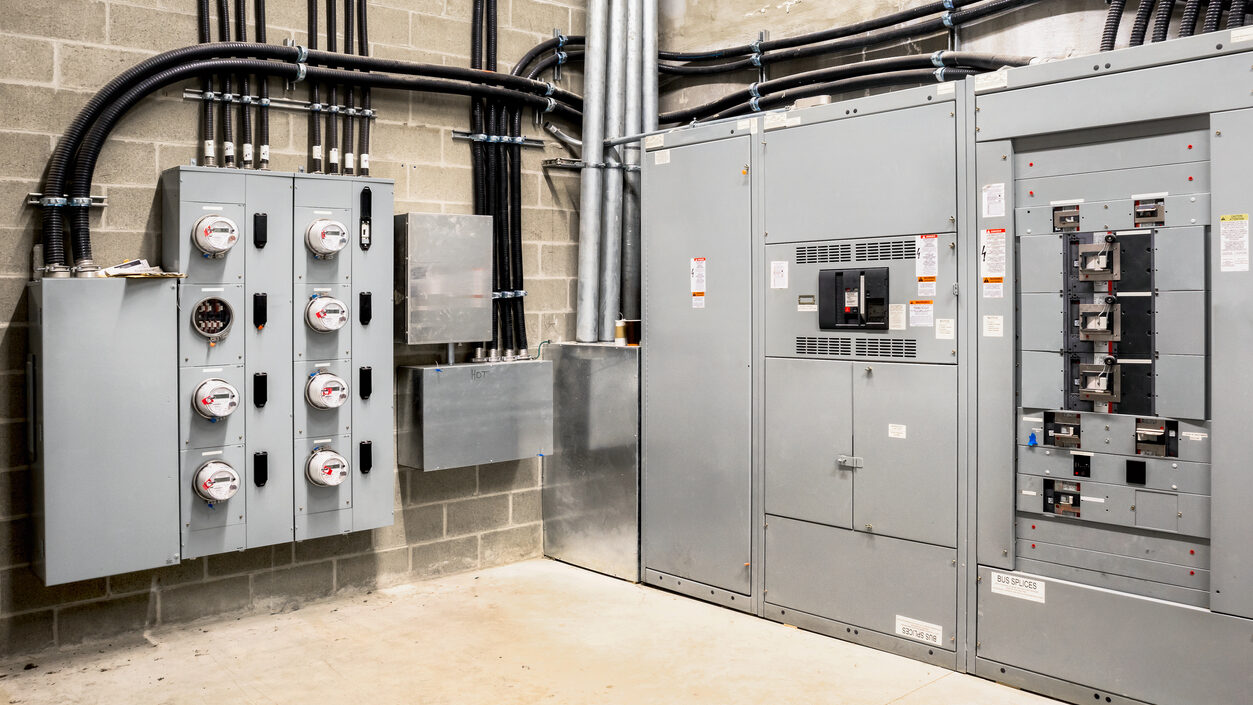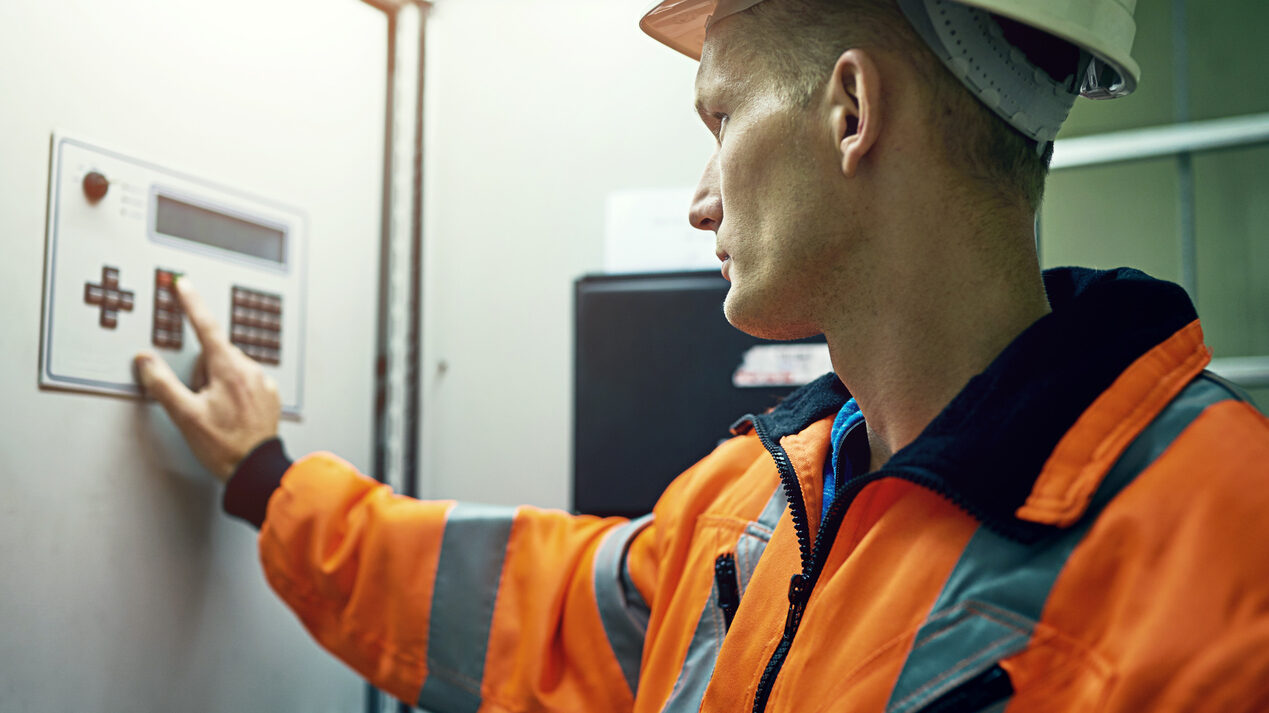In a world increasingly defined by the pursuit of sustainable energy, the term “grid resilience” has become a mantra for energy providers, policymakers, and building operators alike. A resilient grid can withstand disruptions—whether from storms, cyberattacks, or surging demand—while ensuring that energy continues to flow to where it’s needed most. But grid resilience isn’t just about the infrastructure itself; it’s also about how users interact with the grid. Enter demand response (DR) and building automation systems (BAS)—a dynamic duo poised to redefine how buildings support a smarter, more adaptive energy landscape.
Understanding Demand Response
At its core, demand response is a strategy for balancing energy supply and demand. When demand spikes—say, on a sweltering summer afternoon when air conditioners are cranked up—utilities can call on participating customers to reduce their energy use, helping to prevent blackouts and stabilize the grid. In return, participants often receive financial incentives, such as reduced energy rates or direct payments.
Demand response comes in two main flavors:
- Emergency DR: This kicks in during grid emergencies, such as when a power plant unexpectedly goes offline or when extreme weather stresses the system.
- Economic DR: This occurs during periods of high wholesale electricity prices, encouraging reductions in demand to avoid the cost of firing up expensive peaker plants.
While historically limited to large industrial users, demand response has expanded into commercial and residential sectors, thanks in large part to advancements in building automation and the Internet of Things (IoT).

The Role of Building Automation Systems
Building automation systems are the brains behind modern facilities. They monitor and control HVAC systems, lighting, elevators, and even window shades, optimizing comfort and energy efficiency. When BAS are integrated with demand response programs, they act as the critical link between the building and the grid, enabling real-time adjustments that align with grid needs.
Here’s how BAS enhances demand response participation:
1. Automated Load Management
Traditional demand response relied on manual interventions—turning off lights, adjusting thermostats, or shutting down equipment during DR events. Today’s BAS takes this to the next level with pre-programmed or AI-driven algorithms that automatically reduce energy consumption based on signals from the utility. For example, a BAS can:
- Pre-cool a building before a DR event, so HVAC systems can run at reduced capacity during peak hours.
- Adjust lighting levels in non-critical areas without disrupting occupants.
- Temporarily shut down non-essential systems, such as decorative fountains or escalators in low-traffic zones.
2. Precision and Flexibility
Modern BAS offers a granular level of control, allowing buildings to fine-tune their responses rather than relying on a one-size-fits-all approach. This means only the necessary adjustments are made, ensuring that energy savings are maximized without compromising tenant comfort or productivity.
3. Real-Time Monitoring and Feedback
BAS can provide real-time data on energy usage and system performance, empowering facility managers to monitor and verify their participation in demand response programs. This transparency is essential for understanding the financial and operational impacts of DR events.
4. Integration with IoT and AI
Smart sensors and IoT devices enhance a BAS’s ability to respond to DR events. Paired with AI, these systems can predict energy demand patterns, identify inefficiencies, and suggest or implement proactive measures—essentially turning buildings into active participants in grid resilience rather than passive consumers.

Benefits of Building Automation in Demand Response
1. Cost Savings
Demand response programs offer financial incentives for participation, and automated systems ensure these incentives are maximized with minimal effort. Additionally, reducing peak demand can lower a building’s demand charges—a significant portion of commercial energy bills.
2. Enhanced Sustainability
By reducing the need for utilities to rely on fossil-fuel-powered peaker plants during peak demand, demand response contributes to lower greenhouse gas emissions. Buildings that participate in DR programs can also enhance their ESG (Environmental, Social, and Governance) profiles—a critical factor for investors and tenants alike.
3. Resilience
Demand response isn’t just about saving money or cutting emissions—it’s about keeping the lights on. By participating in DR programs, buildings help stabilize the grid, ensuring that energy is available for critical services during emergencies.
4. Positive Brand Image
Organizations that actively support grid resilience demonstrate leadership in sustainability and innovation. This can translate to improved tenant satisfaction, stronger community relations, and a competitive edge in the market.
Overcoming Barriers to Adoption
Despite its benefits, integrating building automation systems with demand response programs isn’t without challenges.
- Initial Costs: Upgrading to a BAS capable of participating in DR can require significant upfront investment. However, falling costs of IoT devices and federal or state incentives can help offset these expenses.
- Interoperability: Many existing buildings operate on legacy systems that may not easily integrate with modern DR programs. Open protocols and standardized platforms can help bridge this gap.
- Tenant Concerns: Occupants may worry that DR participation could affect their comfort or productivity. Transparent communication and careful calibration of automation systems can alleviate these concerns.
Future Trends: Building Automation Meets the Grid
As the energy landscape evolves, the integration of BAS and DR is set to deepen, driven by several key trends:
- Decentralized Energy Resources (DERs): Buildings with on-site renewable energy systems (e.g., solar panels) and energy storage can play an even bigger role in DR, supplying power to the grid or reducing consumption as needed.
- Grid-Interactive Efficient Buildings (GEBs): The U.S. Department of Energy has been championing the concept of GEBs—buildings that integrate energy efficiency, demand response, and renewable energy to act as fully grid-responsive entities. BAS will be at the heart of this transformation.
- Artificial Intelligence and Machine Learning: AI algorithms can analyze vast amounts of data to optimize DR participation, predict future grid needs, and even negotiate DR contracts autonomously.
Conclusion
Demand response represents a pivotal strategy for achieving a more resilient and sustainable energy grid, and building automation systems are key enablers of this vision. By integrating with DR programs, BAS can help balance supply and demand, reduce costs, and enhance energy resilience—all while keeping tenants comfortable and operations efficient.
For facility managers, the question is no longer whether to participate in demand response, but how soon they can integrate these capabilities into their buildings. The grid is evolving, and those who fail to adapt risk being left behind in a world where energy efficiency, flexibility, and resilience are non-negotiable. Whether you’re managing a sprawling office complex, a university campus, or a state-of-the-art hospital, investing in building automation that supports demand response isn’t just good for the grid—it’s good for your bottom line and the planet.

